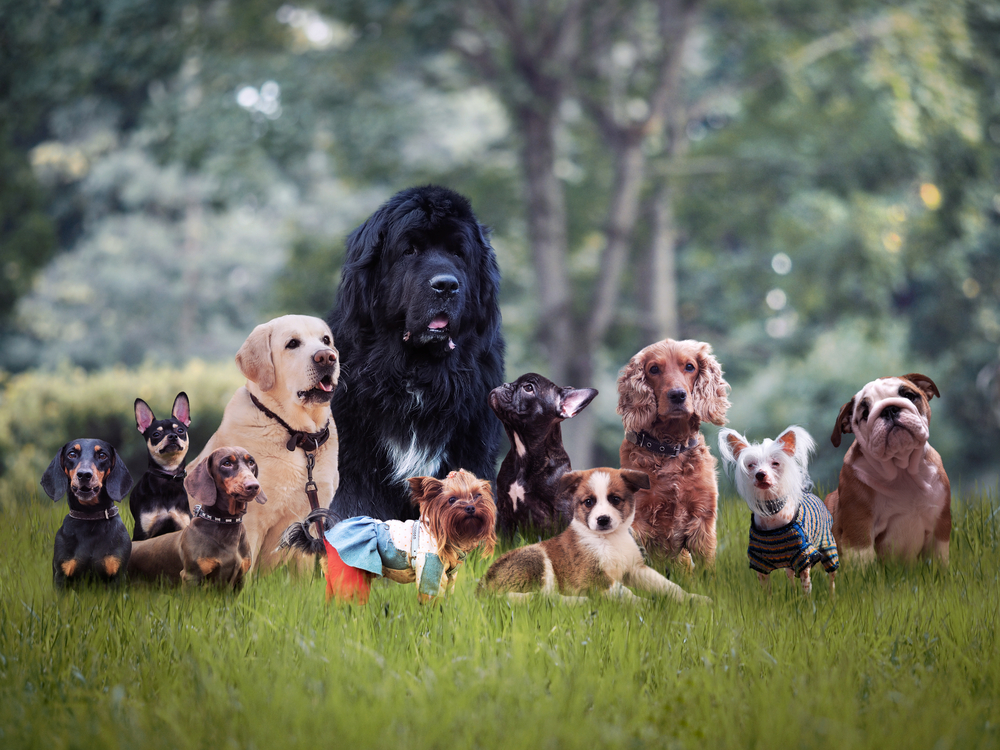One Human Year Is Not Equal to Seven Dog Years.
Others are reading now
Many dog owners wonder about their furry friend’s age. It’s important to remember that dogs age differently than humans and have a noticeably shorter lifespan. Contrary to the popular belief that one human year equals seven dog years, the truth is more nuanced.
Calculating a dog’s age depends largely on its breed, size, and health condition. The age calculation differs between large and small breeds.
So, how do we determine our dog’s age? Let’s explain and provide practical examples.
Calculating a Dog’s Age
Many guardians ponder over how to calculate a dog’s age.
Also read
-
Common Misconception: It’s often heard that one dog year equals seven human years. This is not entirely accurate. The aging process of a dog varies depending on its size, breed, and developmental stage.
-
General Rule: Smaller dogs tend to live longer than larger ones. This means that dogs of small breeds age slower and have a shorter maturity period.
-
Large and Giant Breeds: For large and giant breeds, the maturity process is quite the opposite. The maturation period for a German Shepherd male, for example, can last up to the 3rd year of life, after which the animal ages significantly faster than, say, a Dachshund.
Dog Age to Human Years
Dog owners often try to convert their pet’s age into human years. In the early life stages, a three-month-old puppy resembles a small child, curious about the world but also in need of a lot of attention. However, month by month, one can observe the dynamic development of the animal, which varies between small and large dogs.
-
Small dogs mature faster, while larger ones need more time. Later, this dynamic changes.
-
Considering a dog’s age, it’s essential to account for its breed and size. Here’s how to convert dog years depending on the size of the animal:
-
Dog Age 1 Month: 1 year for small breeds, 1 year for large breeds
-
Dog Age 3 Months: 5 years for small breeds, 2 years for large breeds
-
Dog Age 6 Months: 10 years for small breeds, 6 years for large breeds
-
… and so on up to:
-
Dog Age 18 Years: 90 years for small breeds
-
Recognizing a Dog’s Age
When calculating a dog’s age in human years, individual conditions of the animal should also be considered. The aging process can vary even within the same breed, depending on:
-
Gender
-
Health status
-
Genetic predisposition
-
Living conditions
-
Diet
-
Body mass
Hence, the guardian’s role in recognizing a dog’s age is crucial. Here are a few ways to determine your pet’s age:
-
Teeth Condition: Young dogs boast a full set of teeth without plaque. As dogs age, changes occur in their oral cavity. The teeth lose sharpness and wear down from chewing.
-
Appearance: The age of a dog can also be judged by its appearance. For large breeds, the first signs of graying fur can be observed at the age of 4, while for smaller dogs, white hairs appear only after the 7th year.
-
Behavior: Young dogs are full of curiosity and hardly ever sit still. Large animals maintain their playfulness up to the 3rd year of life, while small breeds calm down faster. Older animals are much more serene, rest, and sleep more.
When Do Dogs Age and How Long Do They Live?
The biggest challenge for guardians is their pets’ aging. The average lifespan of dogs is around 16 years, but breed and size significantly influence this. Large dogs live shorter lives than smaller ones. Here are a few examples of dog breeds and their average lifespan:
-
Dachshund – up to 16 years
-
Yorkshire Terrier – up to 16 years
-
Welsh Corgi Pembroke – up to 15 years
-
Border Collie – up to 17 years
-
German Shepherd – up to 13 years
-
Labrador – up to 12 years
-
Great Dane – up to 10 years
-
Irish Wolfhound – up to 10 years
The larger the animal, the shorter its lifespan. However, a dog’s health, diet, genetics, and living conditions play crucial roles. Proper care and regular veterinary visits are essential.








